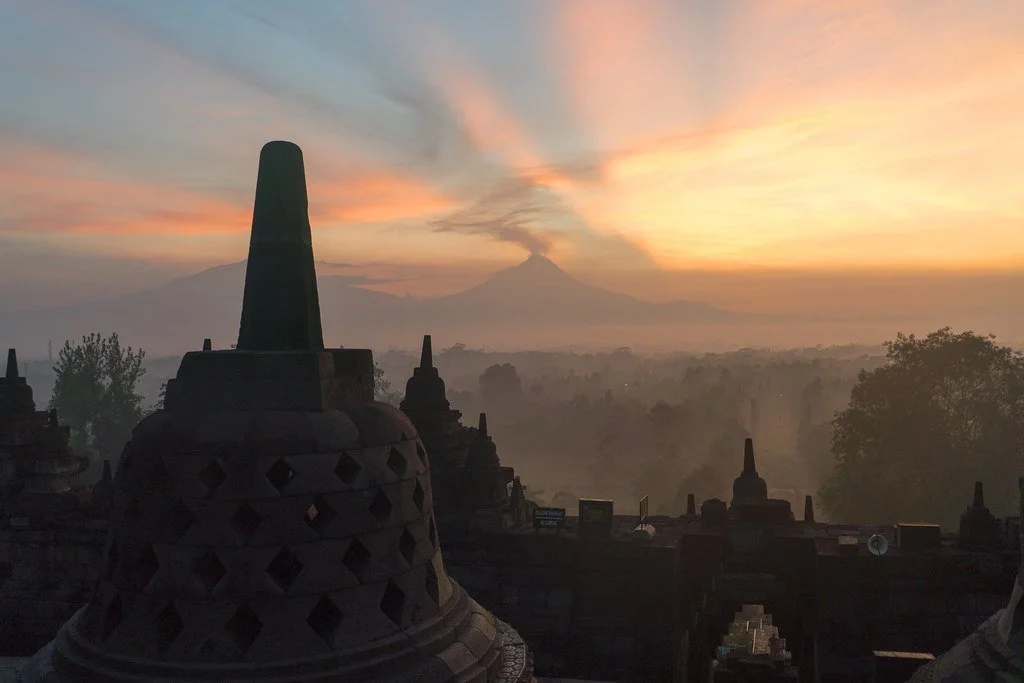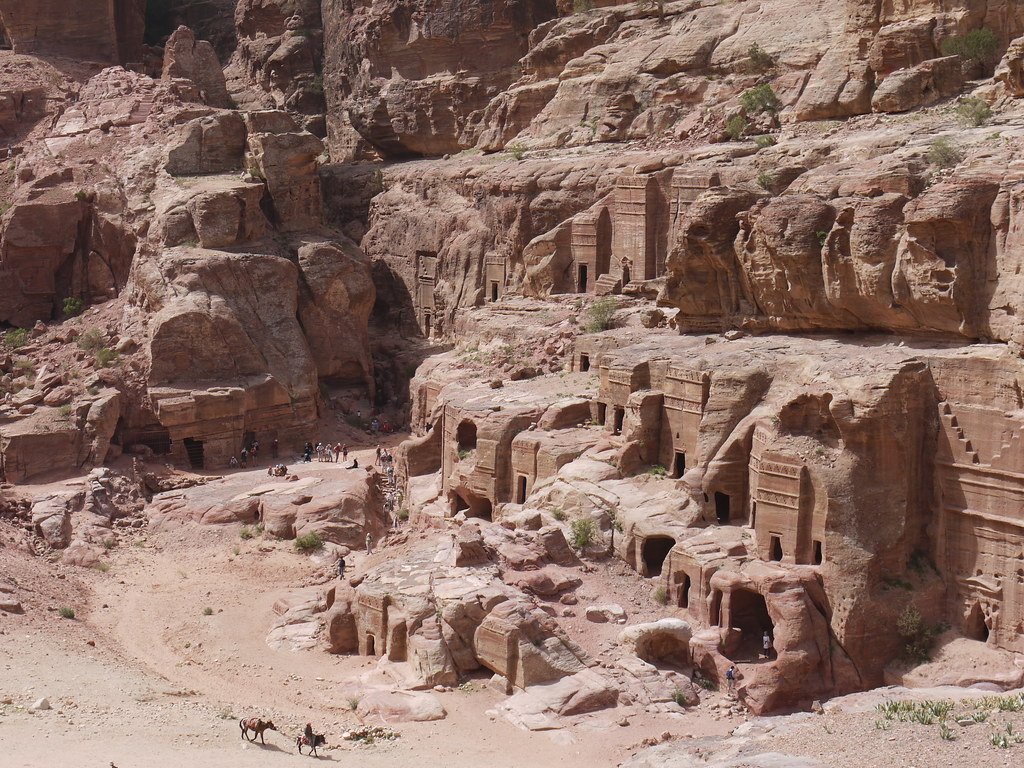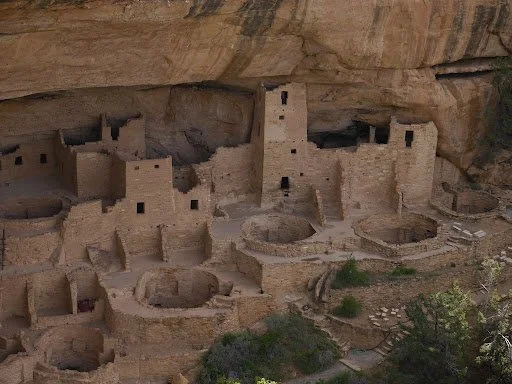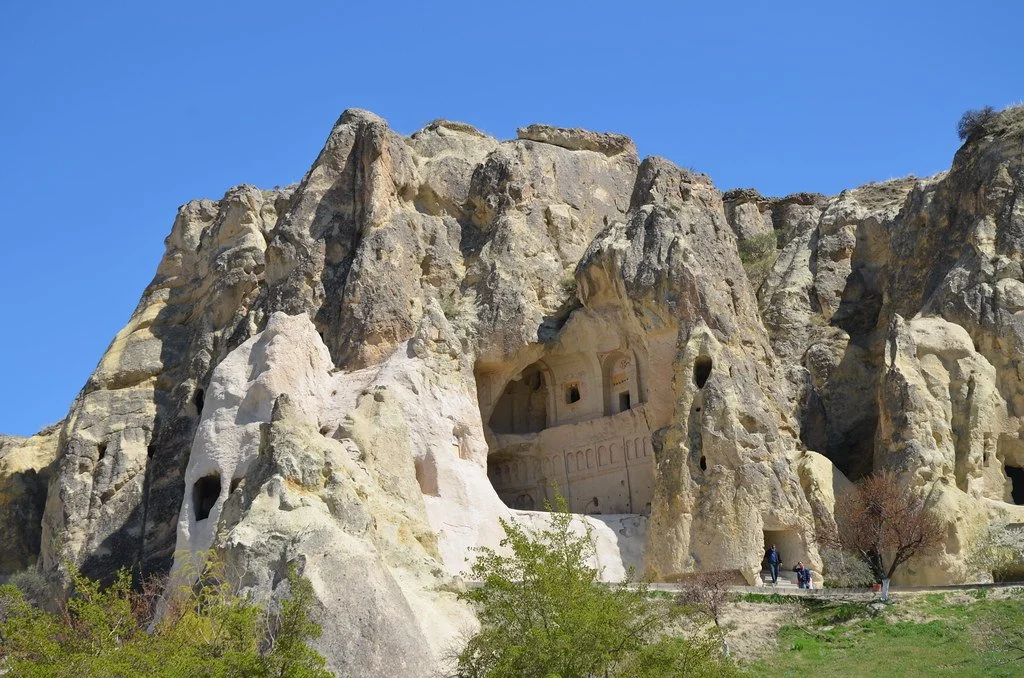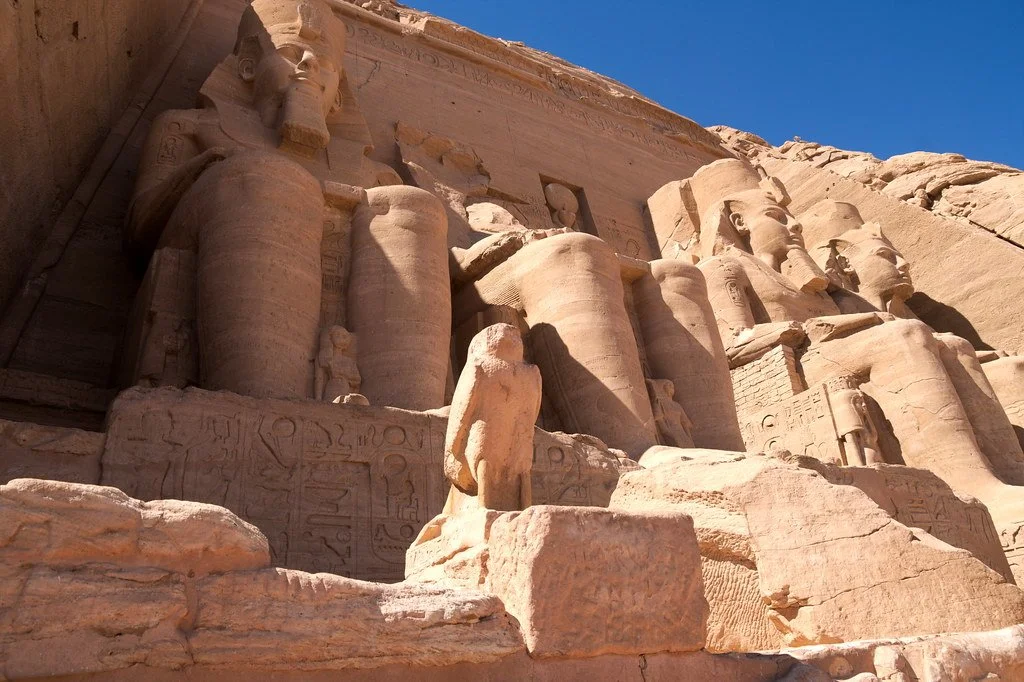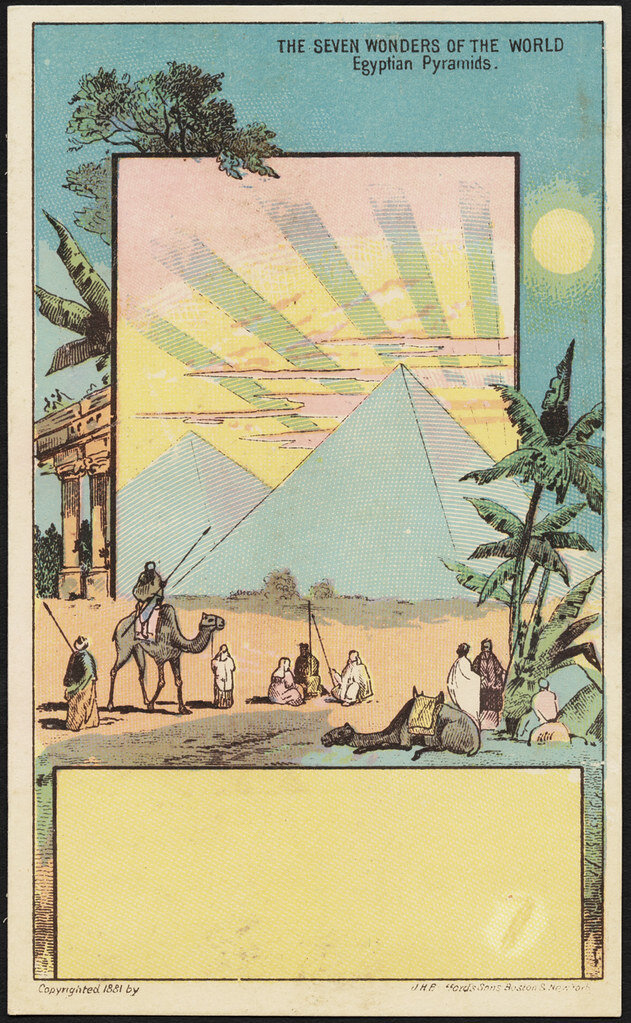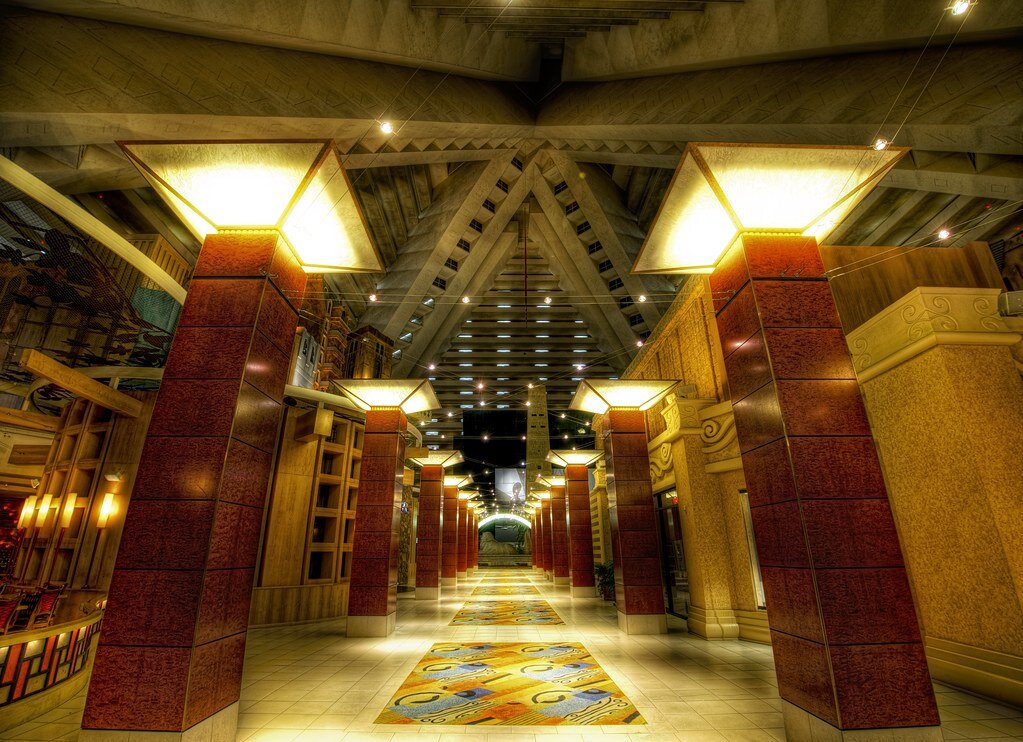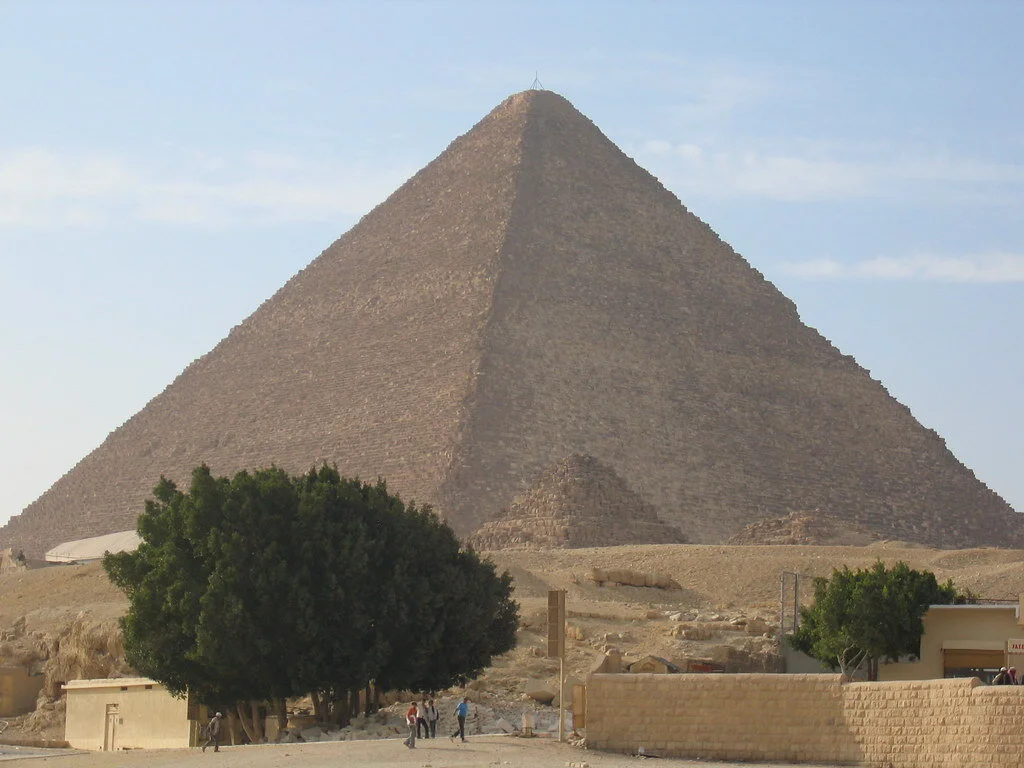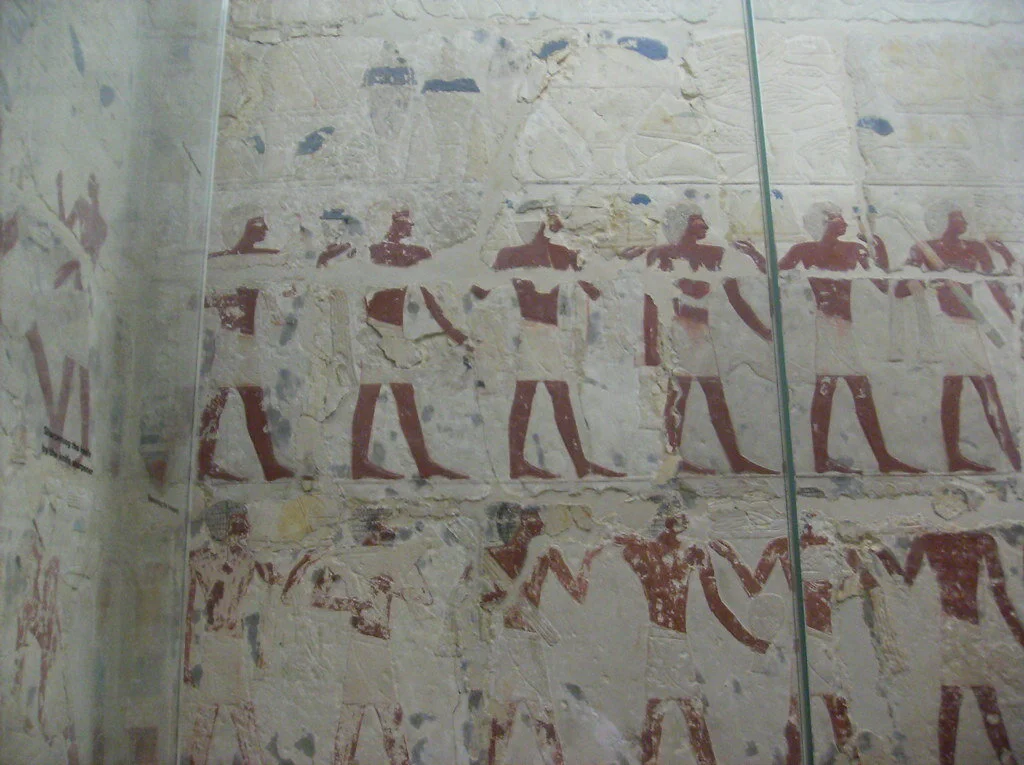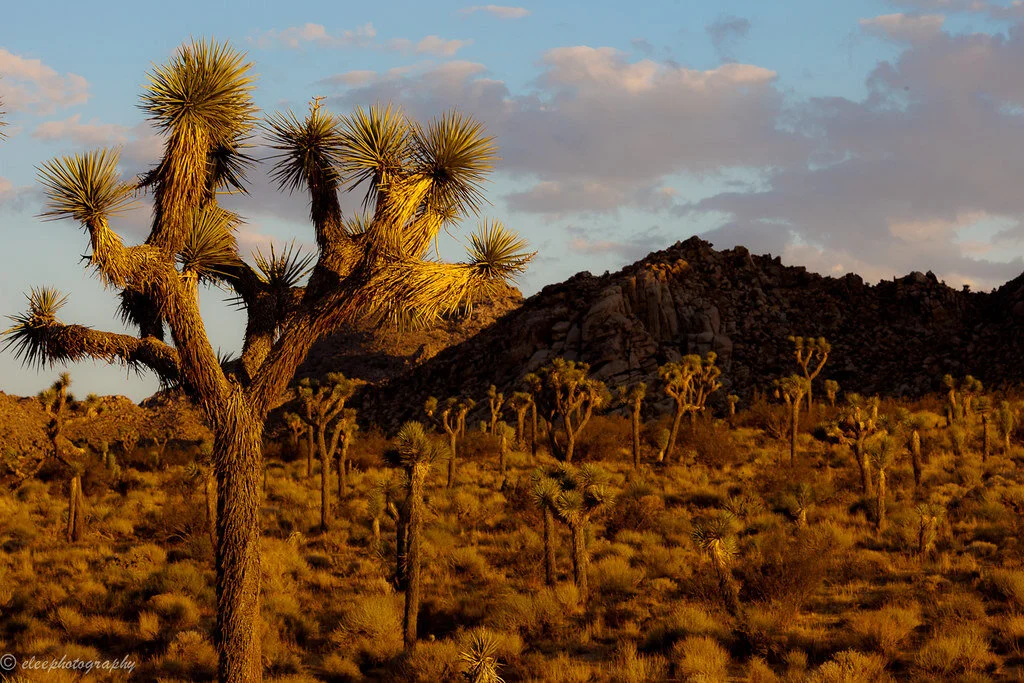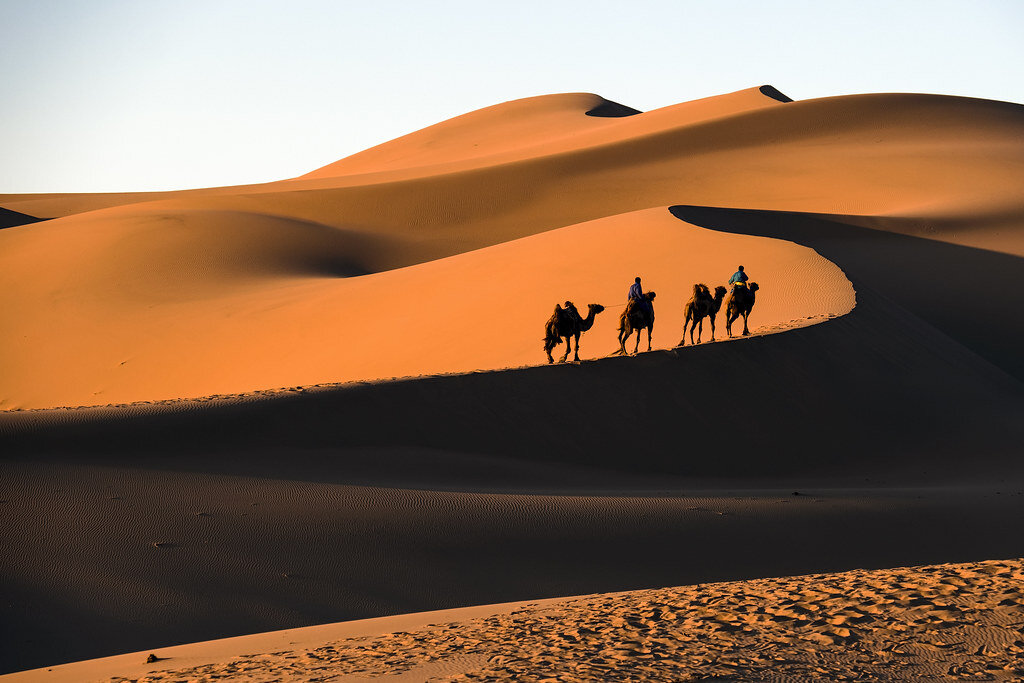A desert adventure that revealed millions of years of history and culture in just one day.
Keriann Slayton
Before the pyramids there were whales, and beyond Cairo there are waterfalls. Once a bounty of prehistoric life, the Fayoum Oasis in Wadi El-Rayan remains rich in resources, culture and history. Cascading water appears as if from nowhere, and dunes and ancient rock rise up to frame the entrance to Wadi El-Hitan, “Whale Valley,” where fossils litter the paths revealing the evolutionary development of massive marine creatures. Describing the region feels like creating an imaginary world for a fantasy novel, yet during my trip there in January 2023, I discovered it to be supremely real and of unique significance in the environmental and cultural memory of Egypt.
The heart-shaped basin spans over 500 square miles and holds stories dating back millions of years. The oasis began forming following the mass drying up of the Mediterranean Sea during the late Miocene period. When the crisis ended and the sea refilled the Nile River ultimately flooded and water flowed into the basin via the Bahr Youssef, transforming the desert expanse into a region of lush vegetation.
During my visit with my family, I immediately understood why Fayoum was home to the first Egyptians to practice agriculture and exists as one of the world’s longest continuously occupied towns. We met our guide for the day at a restaurant in the village center, which could only be characterized as storybook-esque. The open air dining area overlooked a large garden that supplied fresh herbs and produce for the kitchen, and one of the basin’s many lakes loomed in the distance. The view served as a prime introduction to the rich botanical and marine legacy of Fayoum.
Fayoum entered into a golden era during the years 1817–1860 BCE under King Senusret III. The basin began to yield high volumes of rich produce, attracting growing populations and increasing trade with other regions in Egypt and civilizations abroad. Today, the people of the Fayoum live similarly to their ancient ancestors, farming the land and maintaining its reputation as an agricultural cornucopia and cultural time capsule. I saw donkeys pulling carts carrying fruits, vegetables and people from place to place along dusty dirt roads. Wooden fishing canoes dotted the shores of expansive man-made lakes, which were connected by Egypt’s largest waterfall. The entire basin seemed to have been protected from the clattering machinery and dense fog of industrialization.
A fishing canoe in Fayoum. Masondan. CC BY-NC-SA 2.0.
After finishing up at the restaurant, my mother, father, sister and I loaded into a rugged white Jeep that transported us even further back in time. The green farmland and quaint villages soon disappeared in the rearview mirror as we sped deeper into the vast nothingness of the desert, with no visible landmarks to guide our way. Our driver seemed one with the sand, confidently navigating the dunes and never once even hinting at the possibility of getting lost. The Jeep rattled along for quite a while and, for a moment, I thought we may actually reach the edge of the Earth. Eventually, clusters of irregular shapes appeared on the horizon, and we approached the unique rock formations that marked the entrance to Wadi El-Hitan.
Keriann Slayton
Discovered by a team of geologists in 1902, the 37-million-year-old fossils of “Whale Valley” make Senusret III’s reign seem like yesterday. After hopping out of the Jeep for photos in front of a landscape that looked like it was copied and pasted from another planet, we arrived at the visitor’s center, a structure organized as a collection of concrete domes with a relatively bare interior that revealed evolutionary secrets long buried beneath the sand. As we ventured deeper into the UNESCO World Heritage site, we encountered whale skeletons stretching as long as 50 feet, and alongside skulls and spines rested the bones that made up the legs and knees of the prehistoric creatures. The fossils confirmed scientists’ long-held suspicions that whales evolved from terrestrial mammals, transitioning to full-time life in the ocean over the course of millions of years.
The most intriguing were the snake-like remains of the Basilosaurus, the enormous ancient whale whose bite marks were visible in the skulls of some smaller Dorudon skeletons. The fossils expose a history of Egypt that long predates the Pharaohs and their Pyramids, a history that predates the Nile itself. As we trekked up and down the dunes, following the fossil-flanked paths, the spirit of the ancient sea made itself undeniable even in the face of the endless desert—it began to rain.
The drizzle, so rare in the Wadi, connected me and my family across time and species to the legacy of the massive marine beings so instrumental in evolutionary history. We explored for a few hours, and when we finally emerged from Whale Valley, we piled back into the Jeep and dune-busted our way to a remote lake, arriving just in time for sunset. Our driver built a fire and made traditional Berber tea, which we drank on the shores until darkness threatened our route out of the desert and we had to depart.
I fell asleep quickly on the nearly three hour drive back to Cairo, dreaming of colorfully painted wooden boats, sledding down sand dunes, and whales with legs.
Keriann Slayton
Keriann is studying International Literary and Visual Studies and History at Tufts University, where she is a student athlete on the softball team and writes for the campus newspaper. Journalism allows her to meet fascinating people, engage with her community, and nurture her long-held passion for storytelling. She loves to fuel her interest in history and culture through travel, and she has visited Spain, Germany, Greece, Egypt, Turkey, and Italy. She hopes to share compelling narratives from around the world in order to better connect humanity across time and cultures







